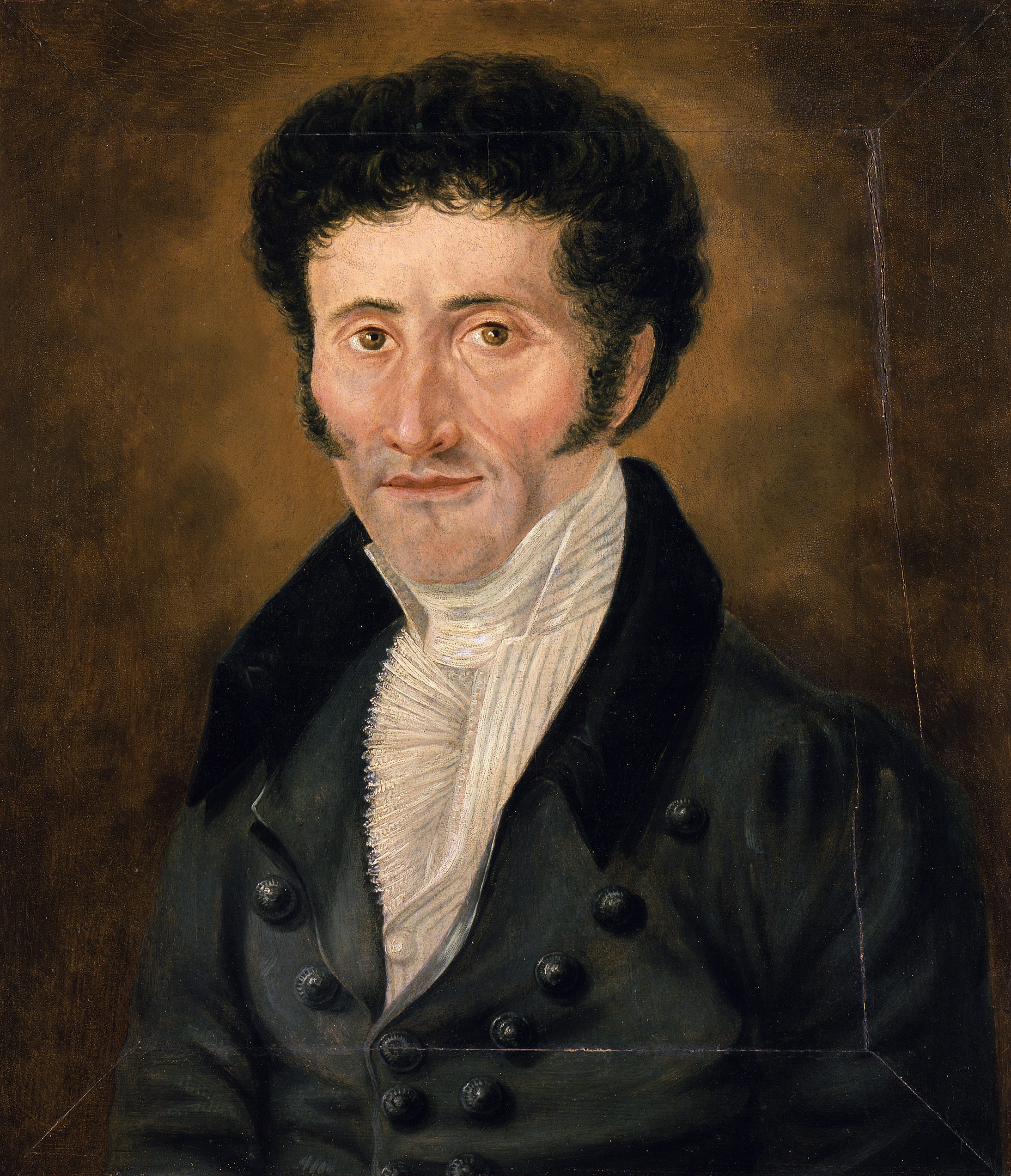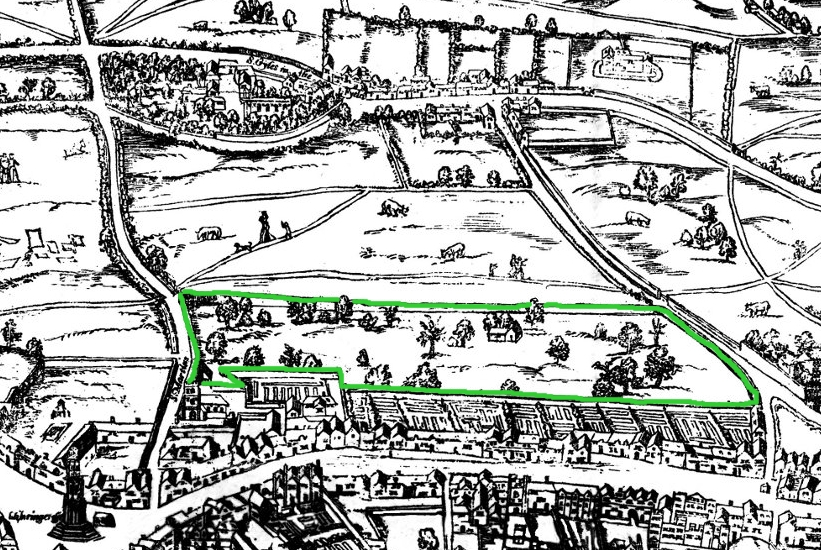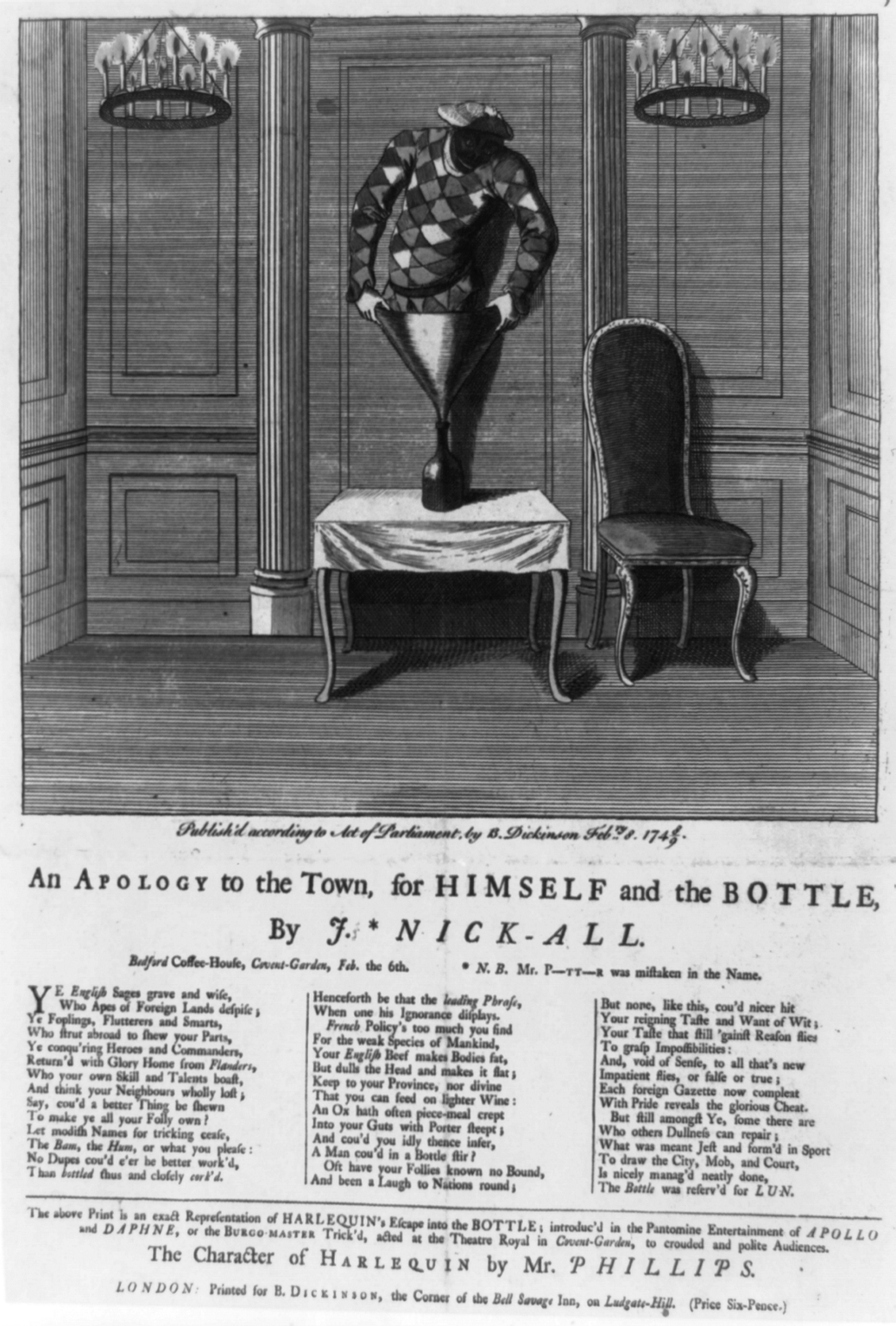|
Edmond Clément
Edmond Clément (28 March 1867, Paris - 24 February 1928, Nice) was a French lyric tenor who earned an international reputation due to the polished artistry of his singing. During his career he also held a private studio, one of his students being the internationally recognized soprano Marie Sundelius. Biography Clément began his studies at the Conservatoire de Paris with Victor Warot, subsequently making his debut at the Opéra-Comique in 1889, as Vincent in ''Mireille''. He was the theater's principle tenor until 1909, appearing in many roles such as Ottavio, Tamino, Almaviva, Georges Brown, Fra Diavolo, Gérald, des Grieux, Werther and Hoffmann, along with many more. Such roles were the bulk of his repertoire and qualified him to be considered between a Lyrischer Tenor and Italienischer tenor. He was part of the inaugural performance of ''Le Juif polonais'' by Camille Erlanger and '' Hélène'' by Camille Saint-Saëns, and sang in the Parisian premieres of ''Falstaff'' ... [...More Info...] [...Related Items...] OR: [Wikipedia] [Google] [Baidu] |
Nice
Nice ( , ; Niçard: , classical norm, or , nonstandard, ; it, Nizza ; lij, Nissa; grc, Νίκαια; la, Nicaea) is the prefecture of the Alpes-Maritimes department in France. The Nice agglomeration extends far beyond the administrative city limits, with a population of nearly 1 millionDemographia: World Urban Areas , Demographia.com, April 2016 on an area of . Located on the , the southeastern coast of France on the Mediterranean Sea, at the foot of the [...More Info...] [...Related Items...] OR: [Wikipedia] [Google] [Baidu] |
Les Contes D'Hoffmann
''The Tales of Hoffmann'' (French: ) is an by Jacques Offenbach. The French libretto was written by Jules Barbier, based on three short stories by E. T. A. Hoffmann, who is the protagonist of the story. It was Offenbach's final work; he died in October 1880, four months before the premiere. Composition history and sources Offenbach saw a play, , written by Barbier and Michel Carré and produced at the Odéon-Théâtre de l'Europe, Odéon Theatre in Paris in 1851. After returning from America in 1876, Offenbach learned that Barbier had adapted the play, which had now set to music at the Opéra. Salomon handed the project to Offenbach. Work proceeded slowly, interrupted by the composition of profitable lighter works. Offenbach had a premonition, like Antonia, the heroine of Act 2, that he would die prior to its completion. Offenbach continued working on the opera throughout 1880, attending some rehearsals. On 5 October 1880, he died with the manuscript in his hand, just four m ... [...More Info...] [...Related Items...] OR: [Wikipedia] [Google] [Baidu] |
Frederick Bristol
Frederick E. Bristol (4 November 1839 in Brookfield, Connecticut – 1932 in N.Y. City, New York) was a celebrated American voice teacher who operated private studios in Boston and New York City during the second half of the 19th century and early 20th century. Biography He began teaching singing in 1869 and the 60th anniversary of his teaching career was recognized by an article in ''North American Review'' in 1929. His pupils included Metropolitan Opera sopranos Olive Fremstad Alice Nielsen, and Marie Sundelius; Chicago Grand Opera Company soprano Myrna Sharlow; concert sopranos Edith Chapman Goold and Emma Cecilia Thursby; Broadway and concert tenor Charles W. Harrison; French tenor Edmond Clément; baritone and longtime head of the voice department at Sarah Lawrence College Jerome Swinford; concert, light opera and vaudeville soprano Bertha Waltzinger; composer W. Otto Miessner; and bass and former head of University of Michigan music department William Howland. He als ... [...More Info...] [...Related Items...] OR: [Wikipedia] [Google] [Baidu] |
Bel Canto
Bel canto (Italian for "beautiful singing" or "beautiful song", )—with several similar constructions (''bellezze del canto'', ''bell'arte del canto'')—is a term with several meanings that relate to Italian singing. The phrase was not associated with a "school" of singing until the middle of the 19th century, when writers in the early 1860s used it nostalgically to describe a manner of singing that had begun to wane around 1830. Nonetheless, "neither musical nor general dictionaries saw fit to attempt definition f bel cantountil after 1900". The term remains vague and ambiguous in the 21st century and is often used to evoke a lost singing tradition. History of the term and its various definitions As generally understood today, the term ''bel canto'' refers to the Italian-originated vocal style that prevailed throughout most of Europe during the 18th and early 19th centuries. Late 19th- and 20th-century sources "would lead us to believe that ''bel canto'' was restricted to b ... [...More Info...] [...Related Items...] OR: [Wikipedia] [Google] [Baidu] |
Enrico Caruso
Enrico Caruso (, , ; 25 February 1873 – 2 August 1921) was an Italian operatic first lyrical tenor then dramatic tenor. He sang to great acclaim at the major opera houses of Europe and the Americas, appearing in a wide variety of roles (74) from the Italian and French repertoires that ranged from the lyric to the dramatic. One of the first major singing talents to be commercially recorded, Caruso made 247 commercially released recordings from 1902 to 1920, which made him an international popular entertainment star. Biography Early life Enrico Caruso came from a poor but not destitute background. Born in Naples in the via Santi Giovanni e Paolo n° 7 on 25 February 1873, he was baptised the next day in the adjacent Church of San Giovanni e Paolo. His parents originally came from Piedimonte d'Alife (now called Piedimonte Matese), in the Province of Caserta in Campania, Southern Italy. Caruso was the third of seven children and one of only three to survive infancy. There i ... [...More Info...] [...Related Items...] OR: [Wikipedia] [Google] [Baidu] |
Metropolitan Opera
The Metropolitan Opera (commonly known as the Met) is an American opera company based in New York City, resident at the Metropolitan Opera House at Lincoln Center, currently situated on the Upper West Side of Manhattan. The company is operated by the non-profit Metropolitan Opera Association, with Peter Gelb as general manager. As of 2018, the company's current music director is Yannick Nézet-Séguin. The Met was founded in 1883 as an alternative to the previously established Academy of Music opera house, and debuted the same year in a new building on 39th and Broadway (now known as the "Old Met"). It moved to the new Lincoln Center location in 1966. The Metropolitan Opera is the largest classical music organization in North America. Until 2019, it presented about 27 different operas each year from late September through May. The operas are presented in a rotating repertory schedule, with up to seven performances of four different works staged each week. Performances ... [...More Info...] [...Related Items...] OR: [Wikipedia] [Google] [Baidu] |
Covent Garden
Covent Garden is a district in London, on the eastern fringes of the West End, between St Martin's Lane and Drury Lane. It is associated with the former fruit-and-vegetable market in the central square, now a popular shopping and tourist site, and with the Royal Opera House, itself known as "Covent Garden". The district is divided by the main thoroughfare of Long Acre, north of which is given over to independent shops centred on Neal's Yard and Seven Dials, while the south contains the central square with its street performers and most of the historical buildings, theatres and entertainment facilities, including the London Transport Museum and the Theatre Royal, Drury Lane. The area was fields until briefly settled in the 7th century when it became the heart of the Anglo-Saxon trading town of Lundenwic, then abandoned at the end of the 9th century after which it returned to fields. By 1200 part of it had been walled off by the Abbot of Westminster Abbey for use as arable ... [...More Info...] [...Related Items...] OR: [Wikipedia] [Google] [Baidu] |
Royal Opera House
The Royal Opera House (ROH) is an opera house and major performing arts venue in Covent Garden, central London. The large building is often referred to as simply Covent Garden, after a previous use of the site. It is the home of The Royal Opera, The Royal Ballet, and the Orchestra of the Royal Opera House. The first theatre on the site, the Theatre Royal (1732), served primarily as a playhouse for the first hundred years of its history. In 1734, the first ballet was presented. A year later, the first season of operas, by George Frideric Handel, began. Many of his operas and oratorios were specifically written for Covent Garden and had their premieres there. The current building is the third theatre on the site, following disastrous fires in 1808 and 1856 to previous buildings. The façade, foyer, and auditorium date from 1858, but almost every other element of the present complex dates from an extensive reconstruction in the 1990s. The main auditorium seats 2,256 people ... [...More Info...] [...Related Items...] OR: [Wikipedia] [Google] [Baidu] |
Madama Butterfly
''Madama Butterfly'' (; ''Madame Butterfly'') is an opera in three acts (originally two) by Giacomo Puccini, with an Italian libretto by Luigi Illica and Giuseppe Giacosa. It is based on the short story " Madame Butterfly" (1898) by John Luther Long, which in turn was based on stories told to Long by his sister Jennie Correll and on the semi-autobiographical 1887 French novel '' Madame Chrysanthème'' by Pierre Loti.Chadwick Jenna"The Original Story: John Luther Long and David Belasco" on columbia.edu Long's version was dramatized by David Belasco as the one-act play '' Madame Butterfly: A Tragedy of Japan'', which, after premiering in New York in 1900, moved to London, where Puccini saw it in the summer of that year. The original version of the opera, in two acts, had its premiere on 17 February 1904 at La Scala in Milan. It was poorly received, despite having such notable singers as soprano Rosina Storchio, tenor Giovanni Zenatello and baritone Giuseppe De Luca in l ... [...More Info...] [...Related Items...] OR: [Wikipedia] [Google] [Baidu] |
Falstaff (opera)
''Falstaff'' () is a comic opera in three acts by the Italian composer Giuseppe Verdi. The Italian-language libretto was adapted by Arrigo Boito from the play ''The Merry Wives of Windsor'' and scenes from ''Henry IV, Part 1'' and ''Henry IV, Part 2, Part 2'', by William Shakespeare. The work premiered on 9 February 1893 at La Scala, Milan. Verdi wrote ''Falstaff'', the last of his 28 operas, as he approached the age of 80. It was his second comedy, and his third work based on a Shakespeare play, following ''Macbeth (opera), Macbeth'' and ''Otello''. The plot revolves around the thwarted, sometimes farcical, efforts of the fat knight Sir John Falstaff to seduce two married women to gain access to their husbands' wealth. Verdi was concerned about working on a new opera at his advanced age, but he yearned to write a comic work and was pleased with Boito's draft libretto. It took the collaborators three years from mid-1889 to complete. Although the prospect of a new ... [...More Info...] [...Related Items...] OR: [Wikipedia] [Google] [Baidu] |
Camille Saint-Saëns
Charles-Camille Saint-Saëns (; 9 October 183516 December 1921) was a French composer, organist, conductor and pianist of the Romantic era. His best-known works include Introduction and Rondo Capriccioso (1863), the Second Piano Concerto (1868), the First Cello Concerto (1872), ''Danse macabre'' (1874), the opera ''Samson and Delilah'' (1877), the Third Violin Concerto (1880), the Third ("Organ") Symphony (1886) and ''The Carnival of the Animals'' (1886). Saint-Saëns was a musical prodigy; he made his concert debut at the age of ten. After studying at the Paris Conservatoire he followed a conventional career as a church organist, first at Saint-Merri, Paris and, from 1858, La Madeleine, the official church of the French Empire. After leaving the post twenty years later, he was a successful freelance pianist and composer, in demand in Europe and the Americas. As a young man, Saint-Saëns was enthusiastic for the most modern music of the day, particularly that of Schum ... [...More Info...] [...Related Items...] OR: [Wikipedia] [Google] [Baidu] |
Hélène (opera)
''Hélène'' is a poème lyrique or opera in one act by composer Camille Saint-Saëns. It is the first opera for which Saint-Saëns wrote his own French libretto, which is based on the classic story of Helen of Troy and Paris from Greek mythology. The opera premiered at the Opéra de Monte-Carlo in Monaco on 18 February 1904. Moderately successful, the opera enjoyed a handful of revivals up through 1919, after which it fell out of the performance repertoire. The work was resurrected in 2008 for its world premiere recording by the Australian music label ''Melba''. Hugh Macdonald "''Hélène''" ''Grove Music Online'' ed. L. Macy, by subscription access. (Accessed February 23, 2009) Performance history ''Hélène'' is the first opera that Saint-Saëns composed for the opera house in Monte Carlo, which was led by enterprising director Raoul Gunsbourg at that time. At its premiere, the opera was presented in conjunction with Jules Massenet's veristic '' La Navarraise''. The role of H ... [...More Info...] [...Related Items...] OR: [Wikipedia] [Google] [Baidu] |









_1.jpg)

